In the beating heart of Belfast’s rapidly developing city centre is a charitable organisation committed to connecting people to place. Standing for Planning Landscape Architecture Community Environment, PLACE have spent the last 14 years carving out an important niche via the research, design, and delivery of creative projects in tandem with a public programme of tours, talks, exhibitions and festivals that help people learn about their built environment.
Words
Photos
Joe LavertyBased in the pedestrianised Lower Garfield Street in the city centre, PLACE – officially known as PLACE Built Environment Centre – was established in 2004. Founded by the Royal Society of Ulster Architects and Belfast City Council, it consists of a multi-disciplinary team that combines both expertise and extensive experience in architecture, town planning, visual art, curation, design, social science, education, research, community engagement, and event management.
Amberlea Neely is the acting director of PLACE, and has been at the forefront of the organisation since 2006. She’s a dynamic and driven individual whose infectious conviction about what the organisation represents and can achieve speaks volumes. We met with her in their space to talk about how environmental responsibility is crucial to their work, and how our environment has a huge impact on personal well-being, economic prosperity, and social cohesion.
In times gone by, PLACE’s headquarters in Belfast would have been a retail space. Visible on a busy street in the heart of the city, it stood vacant for a number of years before PLACE took it over four years ago. It has floor-to-ceiling windows, and when you’re in the space, it almost feels like you’re part of the street itself, with curious passersby gazing or popping in. ‘We were really interested in putting our money where our mouth was and taking over a shopfront’, explains Amberlea. ‘The idea was to take over the space and make it really visible, and make the organisation more visible as well.’
This sense of visibility, and the welcoming nature of PLACE, ties in with its primary focus: education about the built environment. Public participation isn’t merely paramount, it’s pivotal. ‘The education runs from our charitable objectives, on which the organisation is built, right through to our strategic objectives to our annual programme’, says Amberlea. ‘Education is underlying all elements of our programme. Firstly, there’s focus work with communities, where we not only try to educate people, we do a lot of listening with them as well, and try to bring them on a journey so that they have the knowledge that they can take with them. And secondly, we have various creative programmes, which include urban walks, exhibitions, talks, kids’ workshops and more. All those are fundamentally about educating people.’
'We’ve tried to take it to the next level where we can influence decision-making and try to get people thinking about spaces in different ways.’
With a small core staff team bolstered by freelance staff and volunteers, PLACE excel at finding spaces that aren’t used often, or aren’t used at all, and getting people to think about the space in new ways. ‘We’ve done a lot of work since 2010 based around vacancy’, Amberlea tells us. ‘We have programmed a lot of vacant spaces, and we’ve tried to take it to the next level where we can influence decision-making and try to get people thinking about spaces in different ways.’
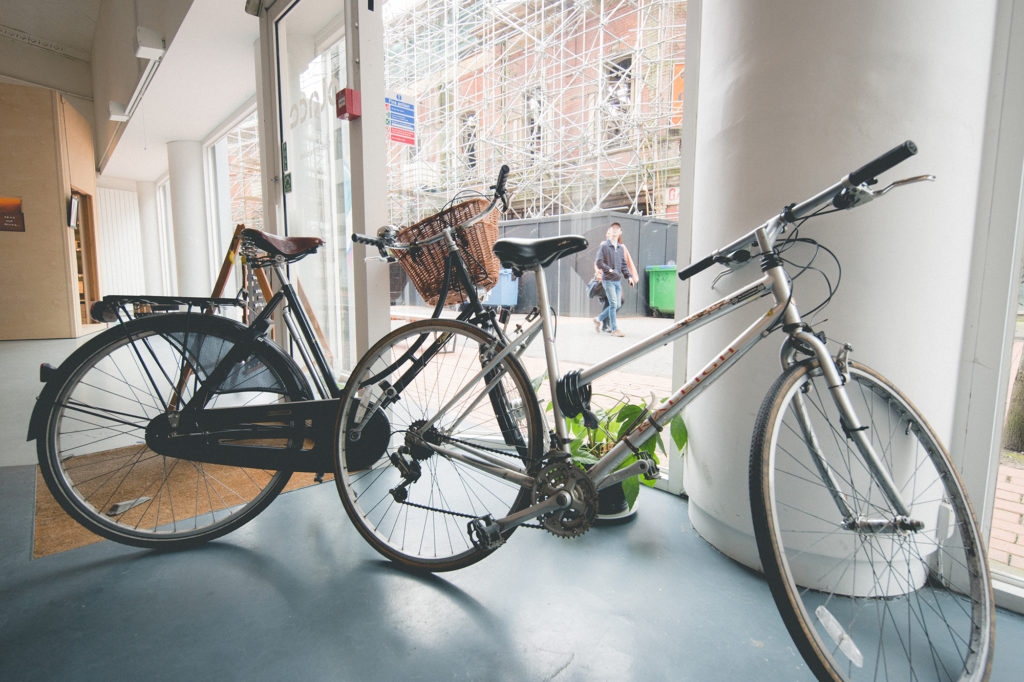
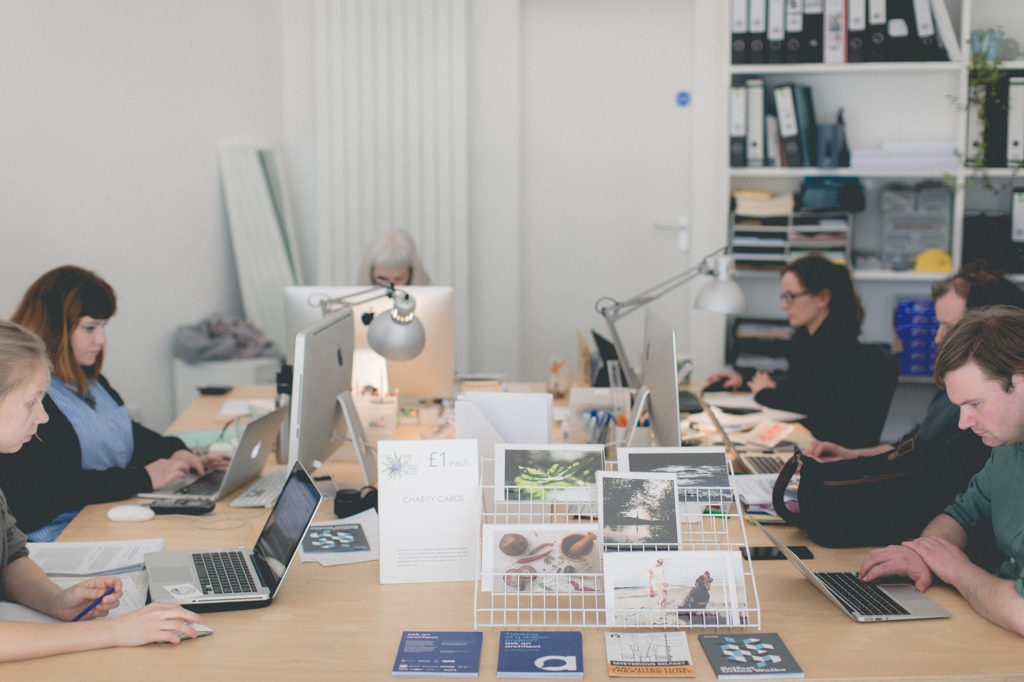
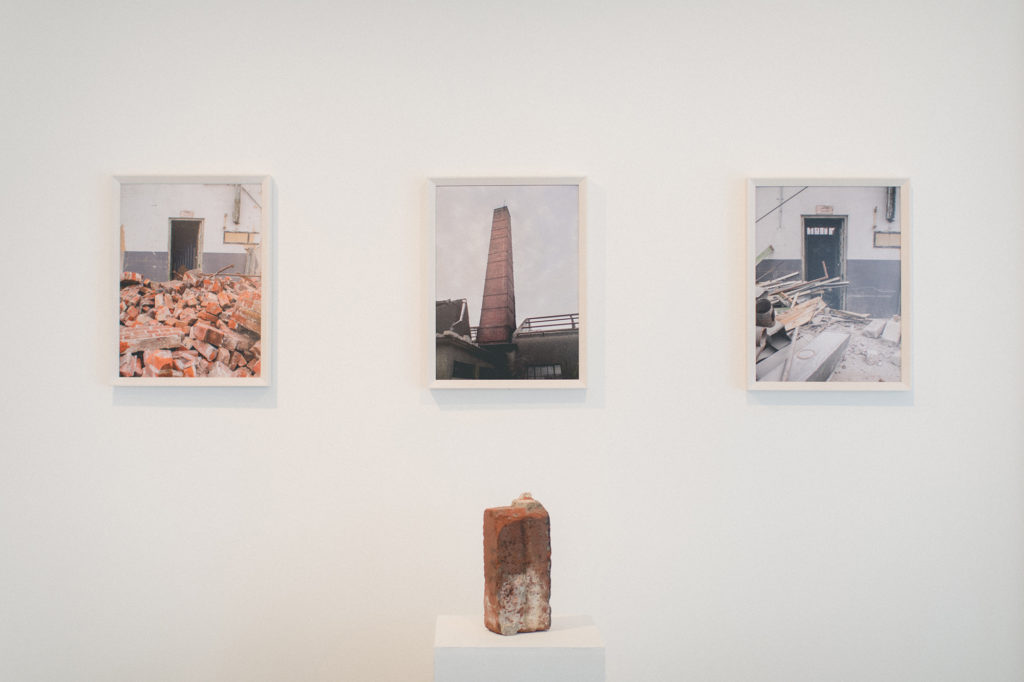
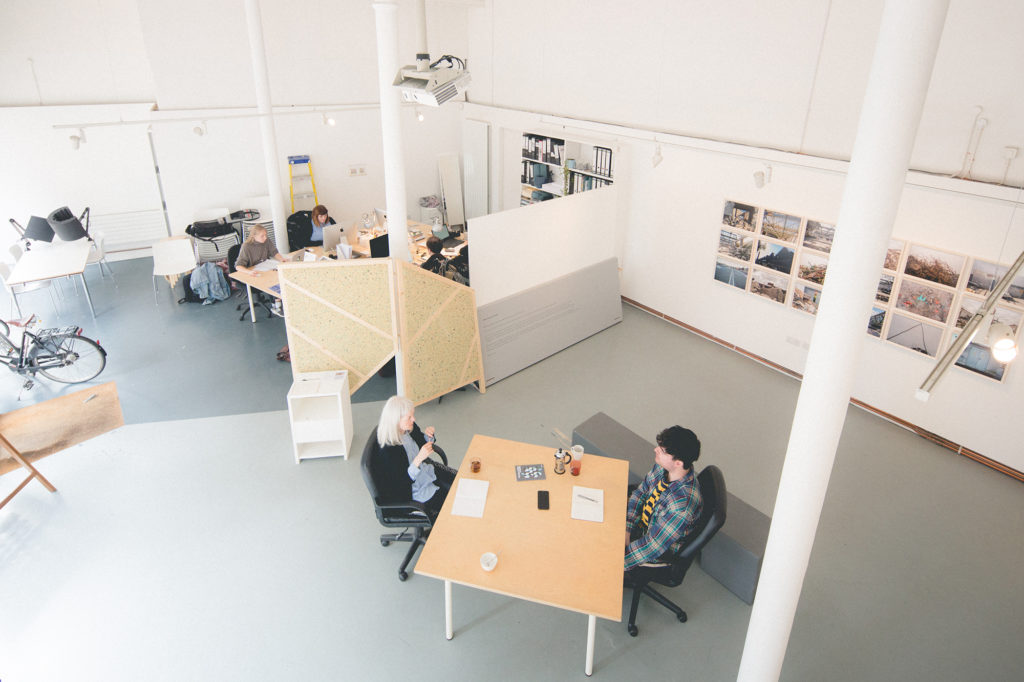
One such example is Craigavon Picnic, a PLACE-curated event in an outdoor space that was designed for community use but had never been used. ‘We programmed it and got people to come to the space and to get them thinking, “Ok, so this could actually be a good use of the space”’, adds Amberlea. ‘We did the same thing in St. Gemma’s, a derelict school in North Belfast. We programme in these derelict spaces to engage in communities, and as an opportunity to get a really wide and diverse mix of people to come together – lots of younger people and older people, not just community representatives. We like using unusual spaces and approach everything we do in really creative ways, to try to think beyond the norm.’
As well as community research projects, Open House Belfast – their flagship annual festival of architecture – and a regular programme of exhibitions, workshops, tours, talks, and a series of creative projects put the public centre-stage. One such project is So What?, a new monthly forum that serves as a platform for research students, academic staff and recent graduates that bridges the gap between academia and the public. The aim is to encourage deeper connections and greater transparency in what research is being done, how it happens, and who it benefits.
‘So What? is about making research public’, says Amberlea. ‘We’ve invited people who are in the research stages, predominantly at universities in Northern Ireland, to present their research to a public audience. It’s a very informal setting: the person who is doing the research has 15 minutes to present their work and there is an open discussion around that afterwards. For the academic who’s presenting their work, they won’t have had this type of discussion before, because their discussions will mostly be within the academic realm. We’re finding that they’re learning lots as well and it’s giving people an idea of what’s happening behind closed doors in universities.’
Another creative project that looks to younger people is PLACE’s Urban Design Academy. Aimed at 14–18 year olds, it’s an annual initiative that introduces a small group of participants to all of the aspects involved in making space, from design, landscape architecture and public art to engineering, town planning and architecture. ‘We introduce them to people in those professions and give them a chance to learn from them’, Amberlea elaborates. ‘It’s more about site visits and meeting communities. For that week, it’s hands down and they come up with a solution, which is then presented to decision makers in Northern Ireland. We also have a team of mentors who are volunteers for the week. They would perhaps be studying architecture and they come and volunteer for the week to mentor the younger people. So we find there’s quite a legacy in the project, as well. People who go through the Urban Design Academy then go on to study those particular subjects, and go on to university to learn about their built environment.’
Much like the spaces that they work with, evolution and adaptation informs the PLACE ethos. Their lease at the space on Lower Garfield is temporary, so Amberlea suggests that they might move on after five years and repeat the process in another space: ‘We’re interested in the idea of evolving as well, so whenever we were fitting the space out it was done minimally.’ This minimalism is evident on first look. A listed building, PLACE stripped everything back and uncovered the original ceiling when they moved in. They decided to keep the interior simple, with painted concrete and white walls. Nothing is fitted, apart from the heating, and they can move things around, make the workshop space smaller or bigger, alter the gallery space, rearrange the office, and create zones for different things.
Just like their home in Belfast, and Northern Ireland as a whole, the original vision for PLACE has moved naturally with the times. ‘Originally, when PLACE was set up, it was by a group of architects who were interested in bridging the gap between architecture as a profession and the people who use architecture’, Amberlea recalls. ‘PLACE was really the conduit for bringing both of those places together. It has changed lots since those early days. I think in the beginning, our projects and the work that we produced was a lot to do with the space that we occupied, and we didn’t do an awful lot of outreach. It was more about programming that space. But over the years, we’ve taken on more work and as the team has evolved, we have been more about the community. So we have got out of this space. In fact, the space here is less important to us than the work that we do in communities. That’s part of the organisation that people don’t often see.’
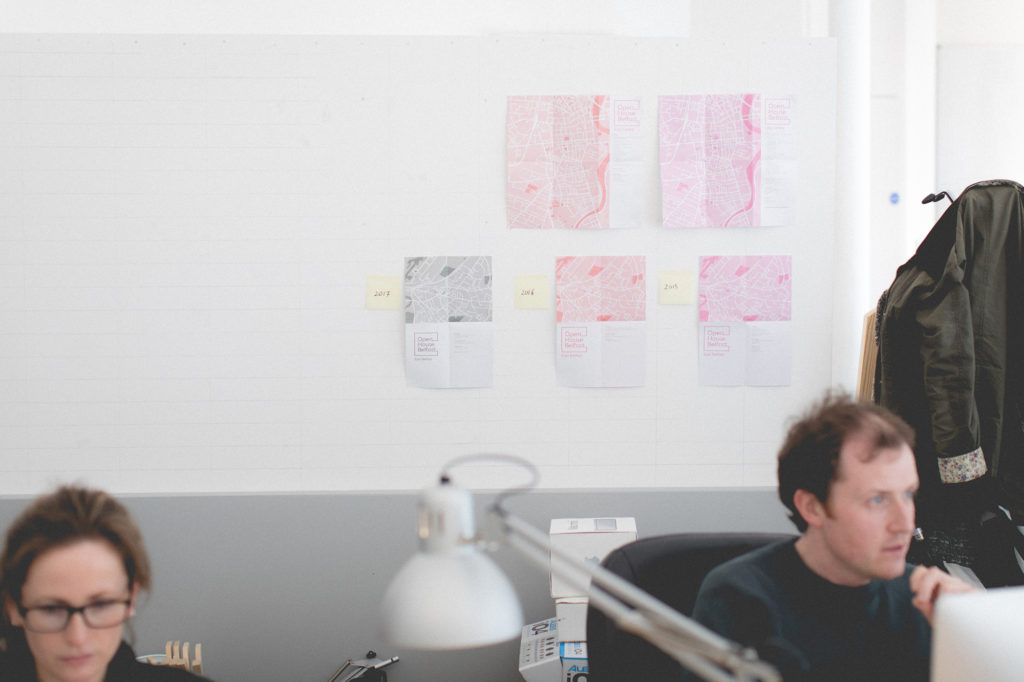
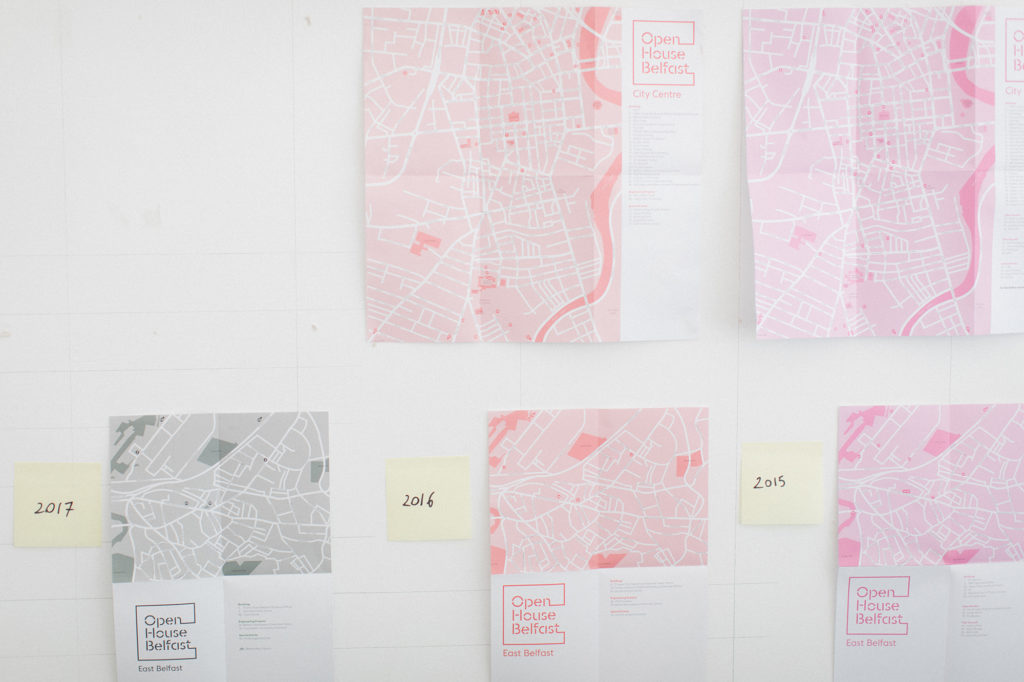
PLACE’s latest creative project is a new podcast, The Infinity City. Through it, they tell stories of people and place, design and belonging, survival and celebration in Belfast and beyond. ‘There is a definite theme there’, Amberlea says. ‘It’s about building up layers of narrative around Belfast. The podcast could potentially happen in other cities, but the first series is all layers of Belfast, told by different types of citizen. People who you don’t normally hear from most interest us.’ In the first series, they feature a deaf Northern Irish architect who works with and designs for deaf space, and an artist and academic who moved to Belfast to work as a director at the nearby Catalyst Arts Gallery.
‘It’s about building up layers of narrative around Belfast.'
Above all else, PLACE play a pivotal role in Belfast and the whole of Northern Ireland, lessening the distance between its citizens and their surroundings. Considering Belfast’s recent past – not least the economic and political spectre caused by the thirty-year civil war known as the Troubles – there has, of course, been some fallout. ‘I think in terms of the way the city has been shaped as a result of our past, for a while, people here were expecting that any investment is good investment’, Amberlea reflects. ‘That was detrimental in the city, but hopefully we’re at the stage now where people are more critical of investment and what their expectations are, rather than settling for something that is less than brilliant. I think working with communities and educating people, that’s really important, so that people know that a new shop isn’t necessarily a good thing, or investment is a good thing, and that it can have a detrimental effect.’
With a proposed £400m redevelopment of its historic Cathedral Quarter proving a particularly divisive issue in the city, Amberlea believes that the public should be given more opportunity to not only have their say, but to be heard. For her, and many others, the proposed redevelopment doesn’t necessarily look at the city as a whole. Instead, it’s highly focused on retail and office space in a city where there’s already a lot of vacancy. ‘I think for any development in Belfast we’d like people to be consulted with, or engaged with, in a really meaningful way’, says Amberlea. ‘That’s not done here at all. People aren’t being listened to, and I think maybe developers and local authorities are a bit frightened about listening to people when, in fact, if they listened to people, they would discover that what people want is maybe quite simple and easy to do.’
Despite the unique economic and political backdrop, Amberlea doesn’t believe PLACE’s work is necessarily defined by its location. ‘I don’t think we would be very different if we were based elsewhere’, she says. ‘There are different architecture centres, which is how we used to define ourselves, across the UK, Europe and the United States, and we do keep an eye on what those other centres are doing. But I think we’re quite cutting-edge already, and I think that people could learn a lot about what we do here on a very limited budget.’ Part of this has been the inventive way PLACE blurs the boundaries between disciplines in their work, constantly reinventing and re-imagining: ‘We’re interested in being innovative and approaching things in a really frank new way. Our work with communities, historically that’s been done by PR firms and consultants. We think we can bring something really new to that process.’
While the ethos of PLACE is simple, that simplicity is far-reaching in Belfast and throughout Northern Ireland. Perhaps more than anything, it’s a credit to their vision that they are making a modest amount go an extremely long way. ‘We don’t necessarily have the resource to make a change physically in an environment’, Amberlea muses. ‘But we can help people understand their environment a bit better, increase civic pride, and help people think about the good things that are in their community, as well as what small changes can be made to make things even better, with what they already have.’
Keep up to date with all the current PLACE activities and explore their archive material at www.placeni.org
